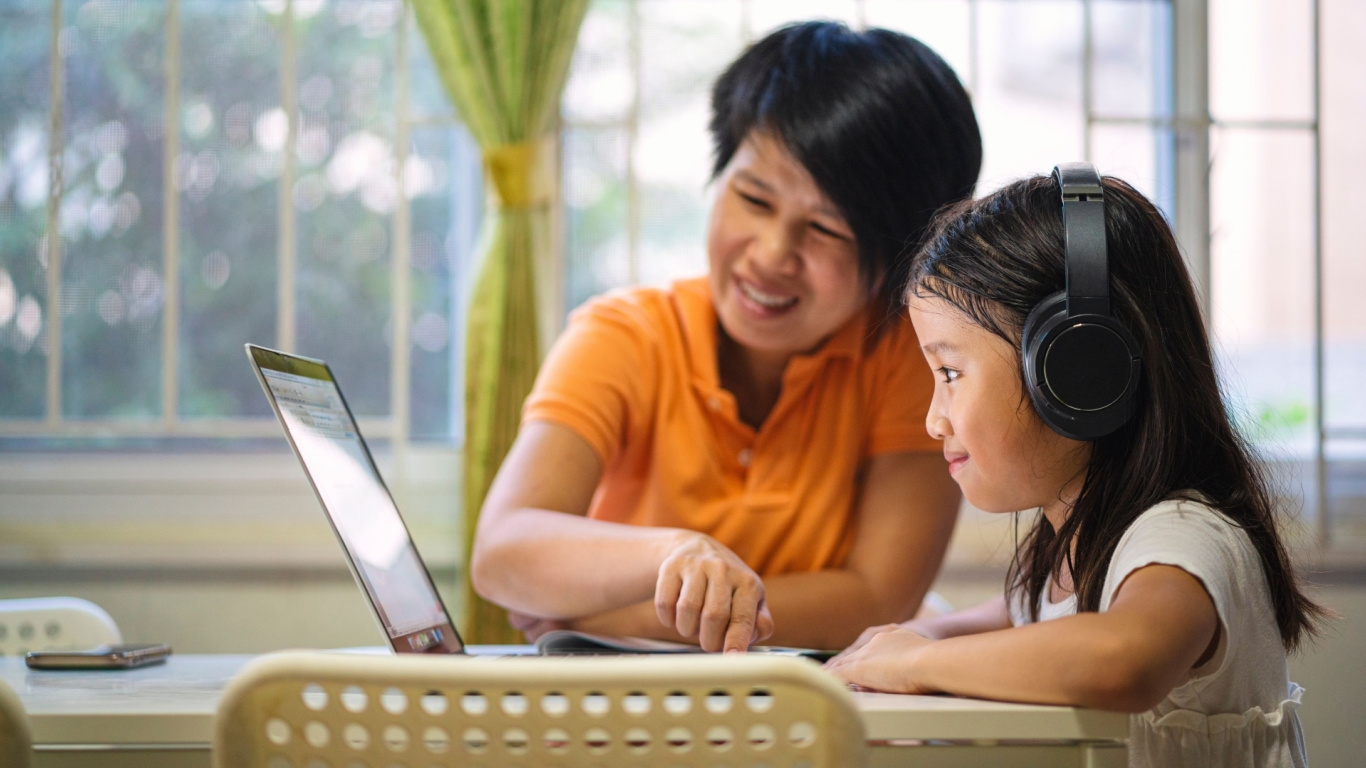
If there’s one thing we’ve learned since March 2020, it’s that home is not just where we live, it’s also where we can work or go to school. In Canada, there were 83,784 students enrolled in homeschool in 2020/2021, more than double (+106.3%) the 40,608 enrolled in the previous academic year. While an increase was observed in almost every grade, it was more pronounced in grade 1 (+136.2%) and grade 2 (+134.5%).
Although its use during the pandemic increased substantially, particularly among younger grades, homeschooling remained the least common type of schooling.
Similar to other years, the vast majority (91.1%) of elementary and secondary students attended public schools in 2020/2021, while private/independent schools (7.5%) and homeschooling (1.5%) represented a much lower proportion of enrolments.
As school attendance is a legal requirement, variations in enrolments tend to reflect fluctuations in the school-aged population. According to Statistics Canada’s population estimates, the population between 4 and 17 years of age was around 5.7 million in July 2020, up 0.9% from July 2019.
In 2020/2021, there were over 5.6 million students enrolled in Canadian elementary and secondary education programs, representing a decrease of 0.7% from the previous school year. The decline was more pronounced at the junior kindergarten and kindergarten levels, likely a result of some parents delaying their children's start of school at the beginning of the COVID-19 pandemic.
With a move to remote learning, children in younger grades may have had more challenges following a curriculum delivered online. According to the Labour Force Survey, teleworking parents, particularly mothers, were concerned about childcare and return to work.
In July 2020, more than one-third (35.6%) of parents with children under 18 years of age who had adjusted to the pandemic by starting to work from home were concerned that returning to their usual work location would involve challenges related to childcare or caregiving. This share was highest among mothers with at least one child under the age of six (56.1%).
For most parents, homeschooling was an additional responsibility directly related to the closure of schools during the pandemic, and this extra parental task was predominantly undertaken by women. In a 2020 study about caring for children during the pandemic, the majority of women (64%) reported that they were mostly responsible for performing homeschooling or helping children with homework, while 19% of men reported being mostly responsible for this task. When men were asked, almost half (46%) reported that homeschooling was mostly their partner’s responsibility.
This gendered division of responsibility for homeschooling, added to other parental tasks, may put parents—and especially mothers—at higher risk of increased life stress. Indeed, previous results on the impact of the measures to counter COVID-19 suggest that balancing child care, schooling and work during the pandemic raises high levels of concerns for parents, and that there may be mental health consequences for those who feel additional stress related to family responsibilities.
To further explore data on enrolments in a visual format across different geographies and academic years, visit the new visualization tool "Elementary to Postsecondary Student Education Dashboard: Enrolments, Graduations and Tuition Fees."
You may also be interested in reading about Canadians’ Internet use before and during the pandemic and How Canadians have been using the Internet during the COVID-19 pandemic.
Contact information
For more information, contact the Statistical Information Service (toll-free 1-800-263-1136; 514-283-8300; infostats@statcan.gc.ca) or Media Relations (statcan.mediahotline-ligneinfomedias.statcan@statcan.gc.ca).
